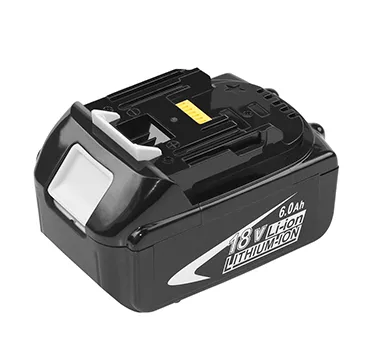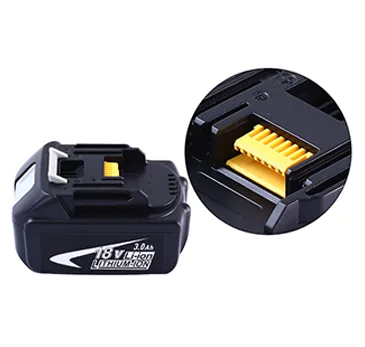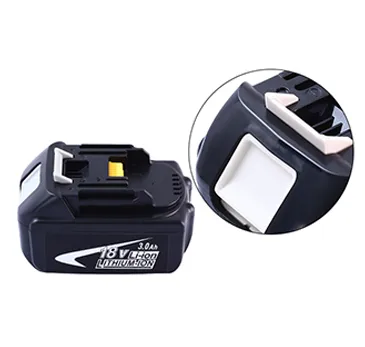
- Products
- Solutions
- Customization
- About
- Resources
- Contact
- Request A Quote
A lithium-ion battery is a type of rechargeable battery that is charged and discharged by lithium ions moving between the negative (anode) and positive (cathode) electrodes. (Generally, batteries that can be charged and discharged repeatedly are called secondary batteries, whereas disposable batteries are called primary batteries.)
Because lithium-ion batteries are suitable for storing high-capacity power, they are used in a wide range of applications, including consumer electronics such as smartphones and PCs, industrial robots, production equipment and automobiles.

A lithium battery is formed of four key components. It has the cathode, which determines the capacity and voltage of the battery and is the source of the lithium ions. The anode enables the electric current to flow through an external circuit and when the battery is charged, lithium ions are stored in the anode.
The electrolyte is formed of salts, solvents and additives, and serves as the conduit of lithium ions between the cathode and anode. Finally there is the separator, the physical barrier that keeps the cathode and anode apart.

They're generally much lighter than other types of rechargeable batteries of the same size. The electrodes of a lithium-ion battery are made of lightweight lithium and carbon. Lithium is also a highly reactive element, meaning that a lot of energy can be stored in its atomic bonds. This translates into a very high energy density for lithium-ion batteries. Here is a way to get a perspective on energy density. A typical lithium-ion battery can store 150 watt-hours of electricity in 1 kilogram of battery. A NiMH (nickel-metal hydride) battery pack can store perhaps 100 watt-hours per kilogram, although 60 to 70 watt-hours might be more typical. A lead-acid battery can store only 25 watt-hours per kilogram. Using lead-acid technology, it takes 6 kilograms to store the same amount of energy that a 1 kilogram lithium-ion battery can handle. That's a huge difference

Headquartered in Shenzhen, China, RHY specializes in the design, development and manufacture of Li-ion/Ni-MH/Ni-Cd battery packs and chargers, providing customers with one-stop battery solutions. The company covers a total area of 170,000 sq.ft. with 3 factories and more than 300 employees.
It has been a trend that machines will dispense with complicated structures and cords, while in favor of battery-powered systems with less noise, more convenience, greater mobility and compact design. If you have any need for lithium-ion battery supply, please do not hesitate to contact us.